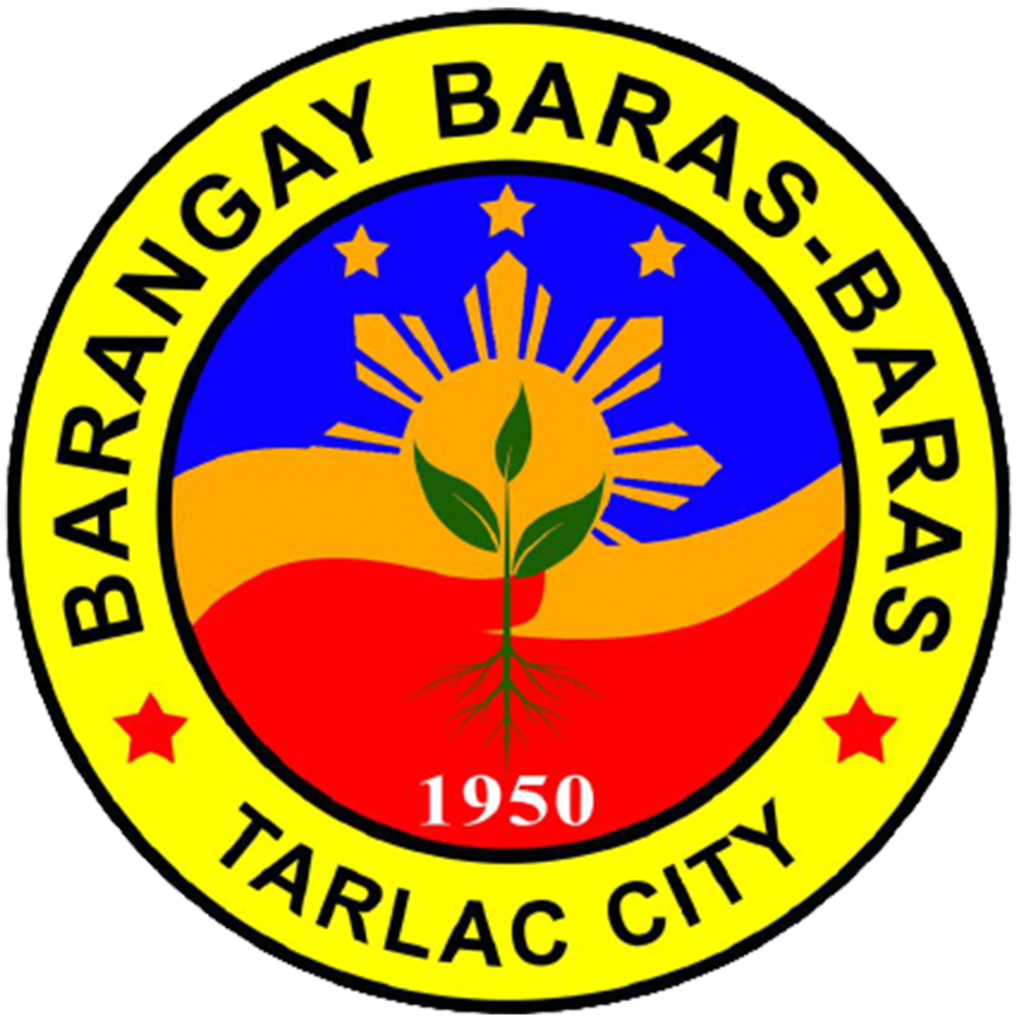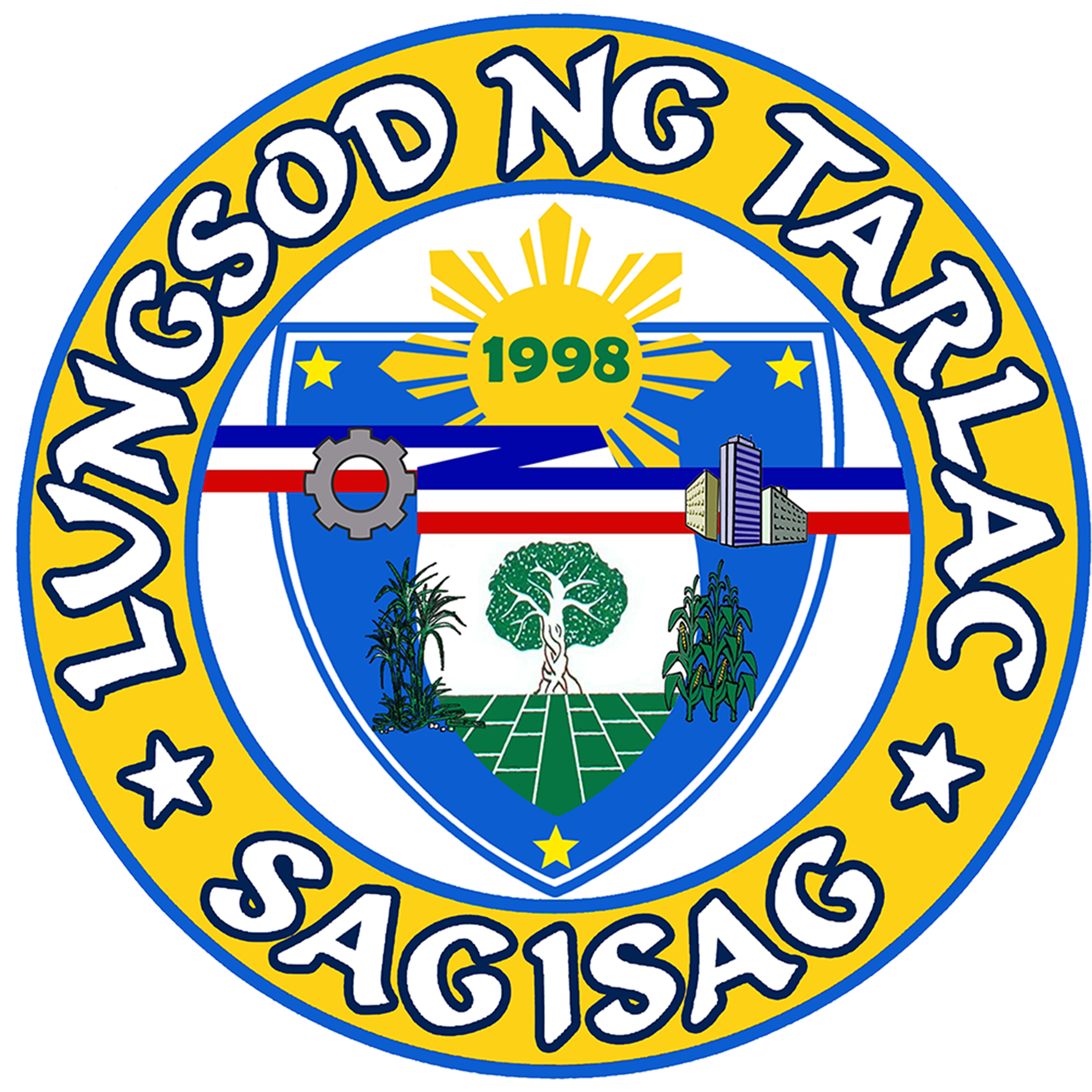
BARANGAY BARAS-BARAS HISTORY
Baranagay Baras-Baras is one of the 19 barangays enclosed in the West District Division of the 76 Barangays in Tarlac City. Barangay Mapalad surrounds it on the North, San Juan de Mata on the West, Sapang Maragul on the South and Barangay Sinait on the East.
It is approximately 7.6 kilometers away from city proper. It has a total land area of 327.35 hectares. 51.5 hectares corresponds to agriculture and 275.85 hectares designate to residential and industrial area.
It divided into 7 Sitios namely: Sitio Maligaya, Sitio Naayat, Sitio Masagana, Sitio Rangayan, Sitio Namihana, Sitio Saranay, Sitio Nagasat
Barangay Baras-Baras classified as Rural Barangay, it has a total population of five thousand one hundred seventy three (5,173) as of 2020, and a household population of one thousand ninety eight (1,098).
Barangay Baras-Baras is also an agricultural barangay approximately 60% of the total populace here were farmers. Farming is one of their major sources of livelihood. They cultivate palay, corn, vegetables, sugar cane and others. Other residents were employees, laborer, drivers, construction workers and some residents have their own business such as sari-sari store, talipapa and so on.
Early 1900’s, during the Japanese regime, Barangay Baras-Baras were not totally developed to a residential area or barangay. There were only few people residing in this area. In addition, tracing its origin where the name “Baras-Baras” originates, it tells into two versions of folklore on how “Baras-Baras” name was coined. Here are the two versions on their origin:
At the time of Japanese colonization, there is a certain portion of land located beside the mountain of this place. Japanese soldiers made a barracks beside the mountain. It was on the time of World War II. It serves as their camp or headquarters. And every guerilla they captured was imprisoned in their barracks. Residence of this place near the mountain site was afraid and decided to leave their place to escape from the tension of war. As time goes by, their experience was still unforgettable and they always remind about the barracks. Made by the Japanese soldiers because of that phenomenon, “Baras-Baras” coined from the word “Barracks”. The letters C, K and another letter R eliminated that is why they called it “Baras-Baras”.
Another folklore told by the elders of this Barangay were early 1900’s, this place were just a forestry and grassland. From the mountain, a lake bound side to the lower level of this place. According to the early settlers of this place, foretold by the elders, the flow of water from this lake was “Bara-Bara”, foretold by the elders. The flow of water from this lake was “Bara-Bara” not continuously flowing and because of that according to the elders, the name Baras-Baras originated. Derive from the in continuous flow of water from the lake or “Bara-Bara”.
Ninety percent of the total populations are Pampango, and the rest are Tagalog, Bisaya, Pangasinense, and Ilocano.
Barangay Baras-Baras celebrates their feast day every last Sunday of December as a thanksgiving to the patron Santa Barbara. Saint Barbara became the patron saint of artillerymen. She is also traditionally the patron of armourers, military engineers, gunsmiths, miners and anyone else who worked with cannon and explosives. She is invoked against thunder and lightning and all accidents arising from explosions of gunpowder. She is venerated by everyone who faces the danger of sudden and violent death in work.
